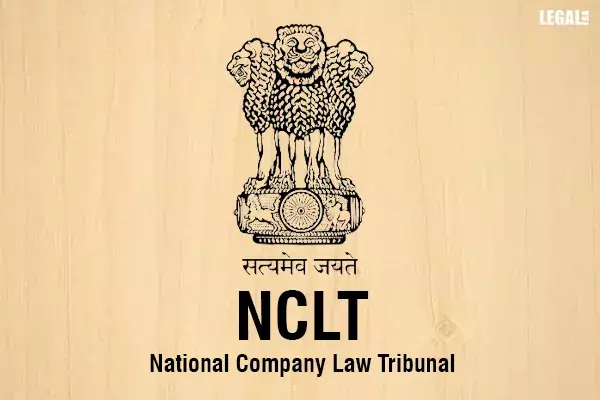NCLT: CIRP Admission Under Section 9 of IBC Debts Arising from Different Work Orders Can Be Clubbed to Satisfy the Minimum Threshold Limit
The National Company Law Tribunal (NCLT), Mumbai by its division member bench of Justice Kishore Vemulapalli (Judicial;

NCLT: CIRP Admission Under Section 9 of IBC Debts Arising from Different Work Orders Can Be Clubbed to Satisfy the Minimum Threshold Limit
The National Company Law Tribunal (NCLT), Mumbai by its division member bench of Justice Kishore Vemulapalli (Judicial Member) and Prabhat Kumar (Technical Member), observed that debts arising from different work order(s) can be clubbed to satisfy the minimum threshold limit of Rs. 1 Crore under Insolvency and Bankruptcy Code, 2016 (IBC).
The factual matrix of the case is that A J Buildcon Private Limited (“Operational Creditor/Applicant”) executed several work orders in relation to construction work of a residential building, being developed by Patel Engineering Limited (“Corporate Debtor/Respondent”). The Operational creditor claimed a sum of Rs. 4,04,43,155.80 as due from the Corporate Debtor on account of 5 invoices and retention money which fell due for the payment during the period from 17th July, 2018 till 20th March, 2020.
The Operational Creditor issued a demand notice under Section 8 of IBC dated 6th March, 2023 and the same was replied by the Corporate Debtor vide reply dated 21st March, 2021 stating that no amount is due and payable by the Corporate Debtor, as few invoices referred in the demand notice were never submitted and there was a clear existence of dispute relating to the claimed amount before receipt of demand notice as evidence for the correspondence between the parties.
The Operational Creditor filed a petition under Section 9 of IBC, seeking initiation of Corporate Insolvency Resolution Process (“CIRP”) against Corporate Debtor.
The Corporate Debtor opposed the petition and contended that each work order forms a separate contract and cannot be clubbed together to satisfy the minimum threshold limit of Rs. 1 Crore as prescribed under Section 4 of IBC.
The bench referred the decision passed by the National Company Law Appellate Tribunal (NCLAT) in M/s. A2 Interiors Products Pvt. Ltd. vs. M/s. Ahluwalia Contracts (India) Ltd. (2021), wherein the NCLAT had allowed the petition holding that debts arising from different work order(s) can be clubbed to satisfy the minimum threshold limit.
The NCLT observed, “we are of considered view that there exists a debt; such debts exceed the minimum threshold limit of Rs. 1.00 crores; and the corporate debtor has defaulted in payment of such debt.”
Additionally, the debt amount exceeded the minimum threshold limit of Rs. 1 crore. Accordingly, NCLT was of the view that it was a fit case for admission under Section 9 of IBC and initiated CIRP against the Corporate Debtor and appointed Ms. Neeraja Kartik as the Interim Resolution Professional.


